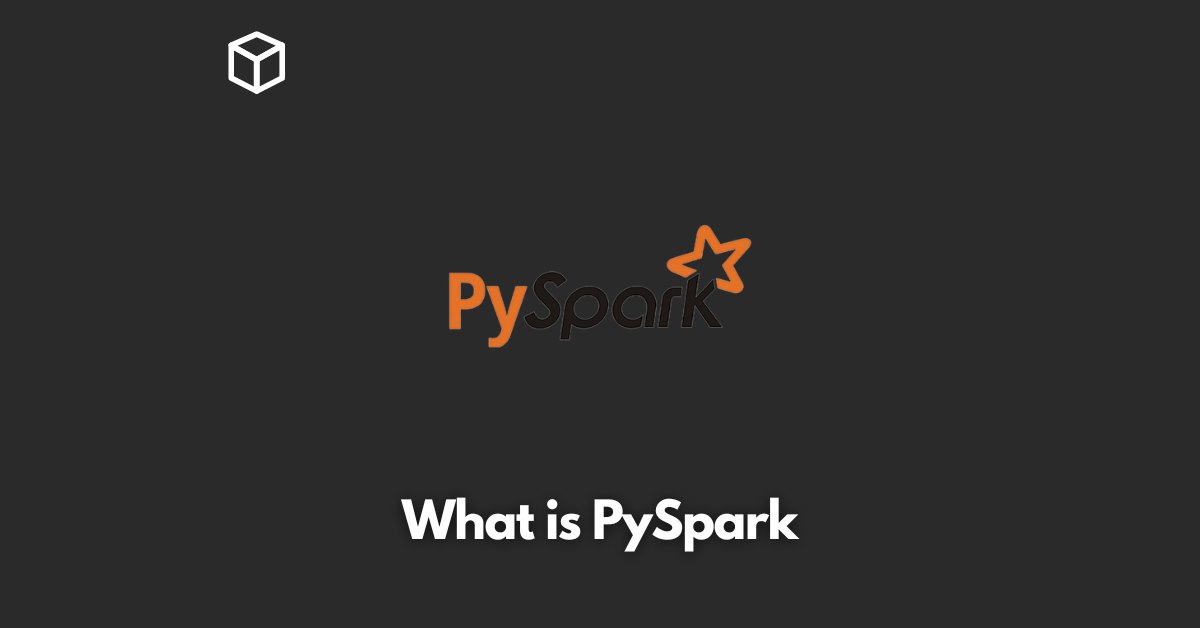Big data has become an integral part of modern business operations, and the need for efficient processing of large amounts of data has never been greater.
One of the most popular frameworks for big data processing is Apache Spark, and in this article, we’ll explore the Python library for Spark programming – PySpark.
Introduction to Spark and PySpark
Spark is a fast and general-purpose cluster computing system for big data processing.
It allows for easy and efficient data processing, analytics, and machine learning.
PySpark is the Python library for Spark programming and allows developers to use Python to interact with the Spark framework.
It provides an easy-to-use interface for big data processing, and it’s becoming increasingly popular among data scientists and engineers.
Getting Started with PySpark
The first step in working with PySpark is to install and set it up on your machine.
The process is straightforward, and you can find detailed instructions on the official PySpark website.
Once PySpark is installed, you can create a SparkSession, which is the entry point to any functionality in Spark.
A SparkSession can be created using the following code:
from pyspark.sql import SparkSession
spark = SparkSession.builder.appName("MyApp").getOrCreate()
Once you have a SparkSession, you can read data into a Spark DataFrame. A DataFrame is a distributed collection of data organized into named columns.
It is similar to a table in a relational database and is the fundamental data structure in PySpark. Reading data into a DataFrame can be done using the read method of the SparkSession:
data = spark.read.format("csv").option("header", "true").load("path/to/data.csv")
Data Processing and Analysis
PySpark provides a wide range of functionality for data processing and analysis.
The DataFrame API provides several methods for filtering, grouping, and aggregating data.
Additionally, PySpark also provides integration with the popular machine learning library MLlib, which allows for easy implementation of machine learning algorithms on large datasets.
PySpark also supports SQL queries on DataFrames, making it easy to work with structured data.
The following code demonstrates how to register a DataFrame as a temporary table and then run a SQL query on it:
data.createOrReplaceTempView("data")
result = spark.sql("SELECT * FROM data WHERE column > 5")
PySpark also provides built-in visualization capabilities. The DataFrame API includes a method called toPandas, which converts a DataFrame to a Pandas DataFrame, which can be used with popular Python visualization libraries like Matplotlib and Seaborn.
Advanced PySpark
PySpark also provides advanced functionality for big data processing. The Streaming API, known as DStreams, allows for real-time data streaming and processing.
Additionally, PySpark also provides a Resilient Distributed Dataset (RDD) API, which allows for distributed computing on large datasets.
Deploying PySpark applications on a cluster is also possible. Spark can run on a standalone cluster manager, such as Spark’s built-in cluster manager, Hadoop YARN, or Apache Mesos.
Conclusion
In summary, Pyspark is a powerful tool for big data processing, and it provides a wide range of functionality for data processing and analysis.
It’s easy to use, and it has a growing community of users and developers.
As a next step, you can explore the official PySpark documentation, and try out some of the examples provided there.
Additionally, there are many online resources and tutorials available, which can help you get started with PySpark and big data processing in general.




